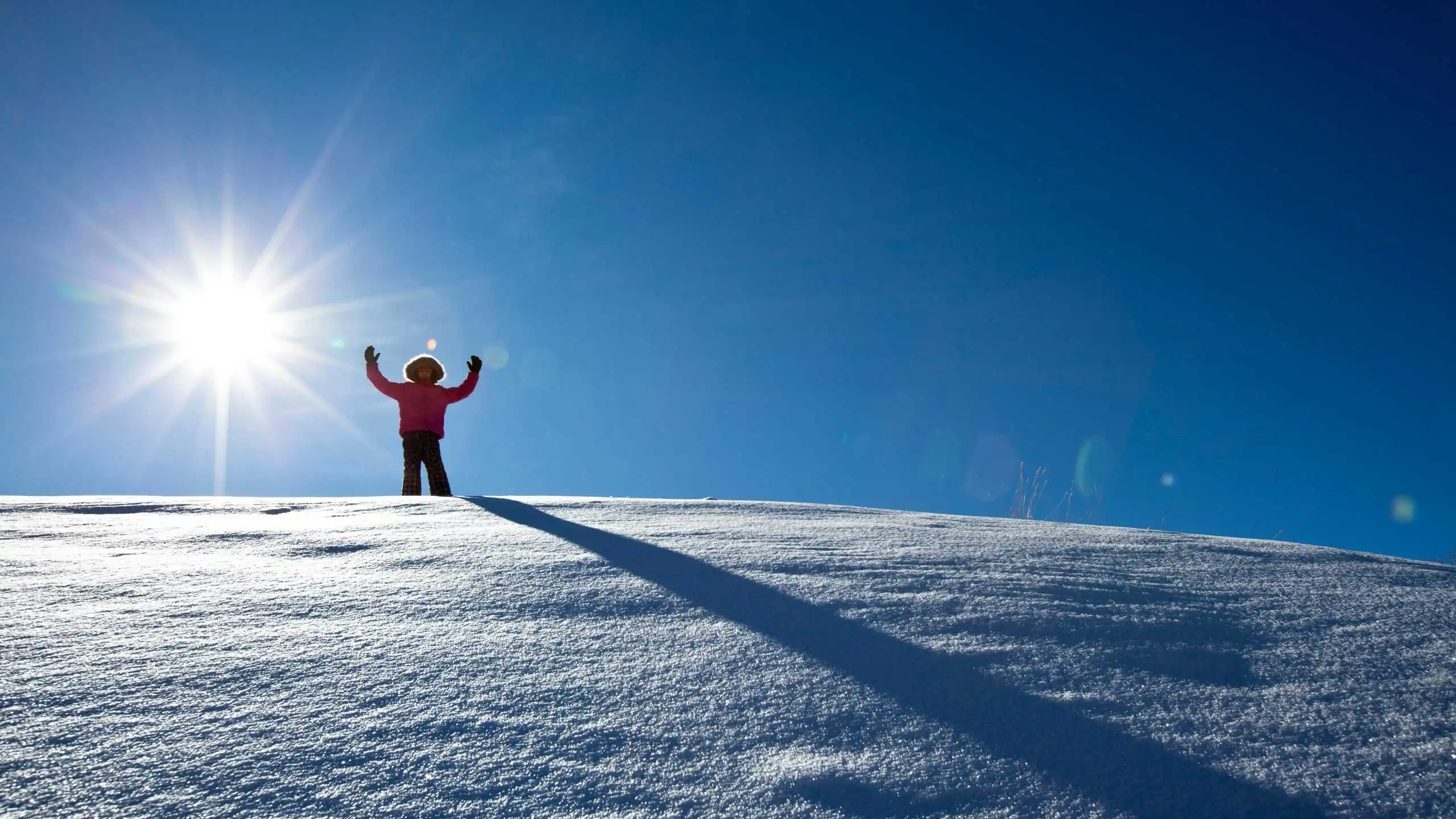Spiti Valley – A Complete Travel Guide
Introduction to Spiti Valley
Nestled in the Himalayan mountains of Himachal Pradesh, Spiti Valley is a paradise for travelers seeking adventure, serenity, and breathtaking landscapes. Known as the ‘Middle Land’ between India and Tibet, Spiti Valley boasts mesmerizing barren mountains, ancient monasteries, pristine rivers, and high-altitude villages.
Unlike the popular tourist destinations of Himachal Pradesh, Spiti remains an untouched and less-commercialized gem, making it an ideal place for offbeat travelers. The valley offers a unique blend of Tibetan culture and Buddhist heritage, seen in its centuries-old monasteries and traditional villages. Spiti is also home to some of the highest motorable roads, treacherous mountain passes, and isolated villages, making it a thrilling destination for adventure seekers.
Spiti is a land of stunning contrasts – from the lush green landscapes near Kinnaur to the stark, cold desert terrain of the valley itself. The rugged beauty of Spiti, with its awe-inspiring mountain peaks, gushing rivers, and vast open skies, is nothing short of magical. If you are planning a visit, this complete guide will help you make the most of your trip.
How to Reach Spiti Valley
Spiti Valley is accessible via two primary routes, each offering a distinct travel experience:
1. Reaching Spiti from Manali (Via Rohtang Pass & Kunzum Pass)
- Route: Manali – Rohtang Pass – Kunzum Pass – Kaza
- Best Time to Travel: June to September (when the roads are open)
- Distance: 200 km (approximately 8-10 hours drive)
- Mode of Transport: Private cars, taxis, or motorcycles
- Road Condition: The Manali-Kaza route is rugged, with river crossings and unpaved sections, making it suitable for experienced drivers.
2. Reaching Spiti from Shimla (Via Kinnaur & Reckong Peo)
- Route: Shimla – Narkanda – Reckong Peo – Kalpa – Nako – Tabo – Kaza
- Best Time to Travel: All year round (except during extreme snowfall)
- Distance: 450 km (takes around 2 days with a stopover at Kalpa or Nako)
- Mode of Transport: Public buses, shared taxis, and private vehicles
- Road Condition: The Shimla-Kaza route is more accessible and remains open throughout the year, but landslides can occasionally disrupt travel.
Best Time to Visit Spiti Valley
The best time to explore Spiti Valley depends on the kind of experience you seek:
1. Summer (May to September) – Best for sightseeing & adventure
- Why Visit? The roads from Manali open up, and the weather is pleasant, making it the best time for road trips, trekking, and exploring Spiti’s monasteries.
- Average Temperature: 15°C to 25°C
- Ideal For: Biking, trekking, photography, camping, and sightseeing.
2. Winter (October to April) – Best for snow lovers
- Why Visit? Spiti is covered in a thick blanket of snow, offering stunning landscapes and an opportunity to experience the winter lifestyle of locals.
- Average Temperature: -5°C to -20°C
- Ideal For: Snow treks, local festivals, and witnessing frozen rivers and lakes.
- Travel Advisory: The Manali route remains closed, and only the Shimla route is accessible. Carry enough winter gear and plan accordingly.
Top Places to Visit in Spiti Valley
1. Kaza – The Heart of Spiti

Kaza is the largest town in Spiti Valley and serves as a base for travelers. It offers accommodations, cafes, and local markets. Don’t miss the Key Monastery, Hikkim Post Office, and Komic Village from here.
2. Key Monastery
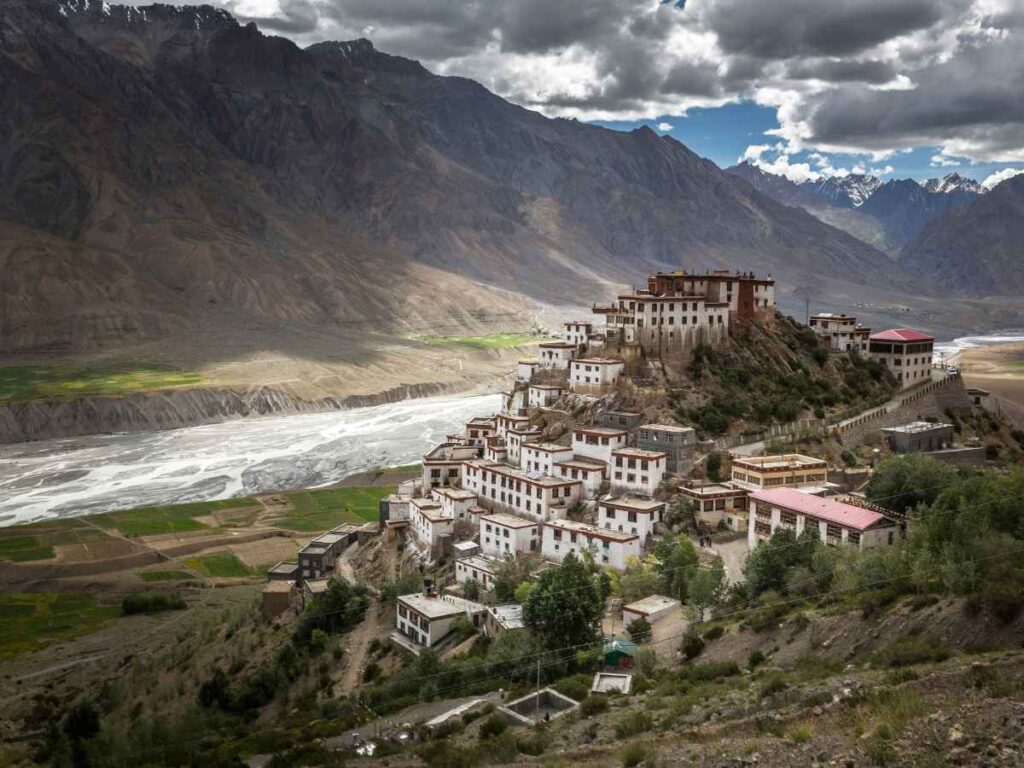
One of the most iconic monasteries in Spiti, the Key Monastery is over 1,000 years old. Perched on a hilltop, it provides stunning panoramic views of the valley.
3. Chandratal Lake – The Moon Lake
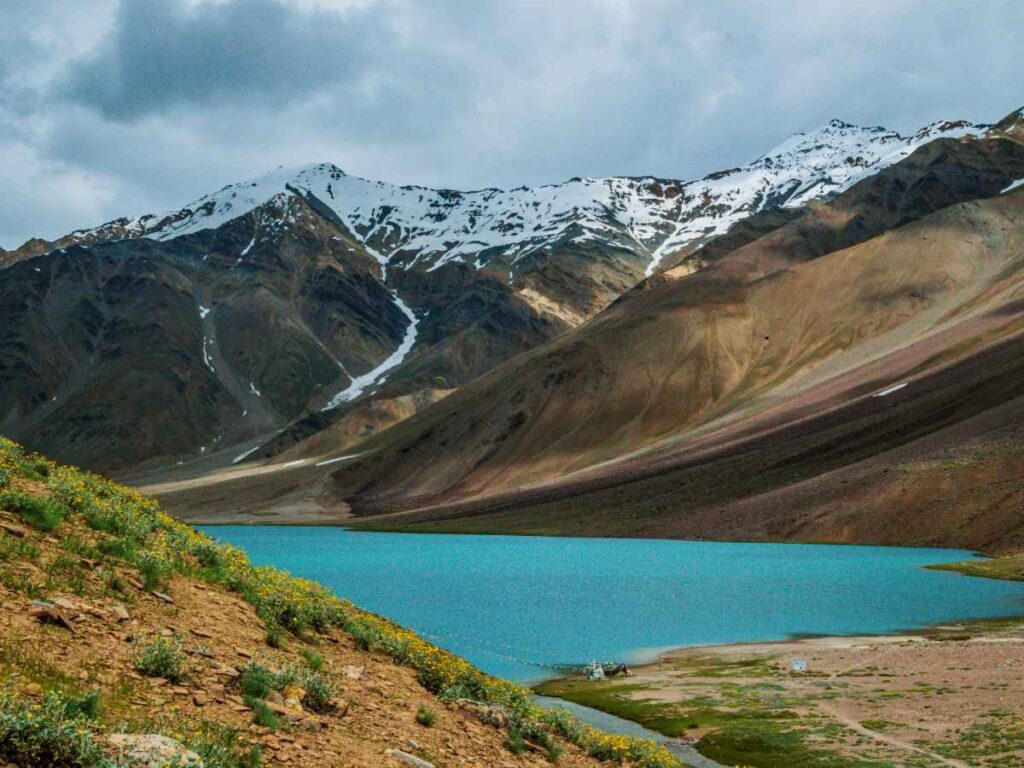
A crystal-clear high-altitude lake, Chandratal is known for its mesmerizing reflections of the surrounding peaks. Camping here under the starry night sky is a must-do.
4. Tabo Monastery
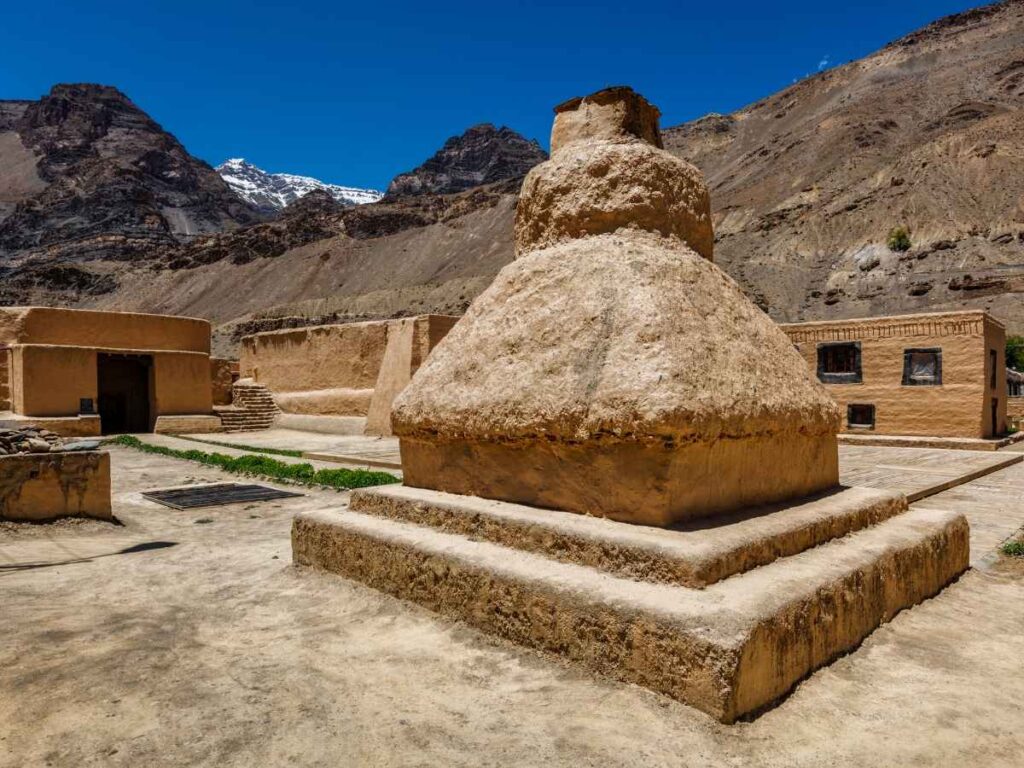
Often called the ‘Ajanta of the Himalayas’, Tabo Monastery is one of the oldest Buddhist monasteries in India, housing ancient murals and scriptures.
5. Hikkim – The World’s Highest Post Office
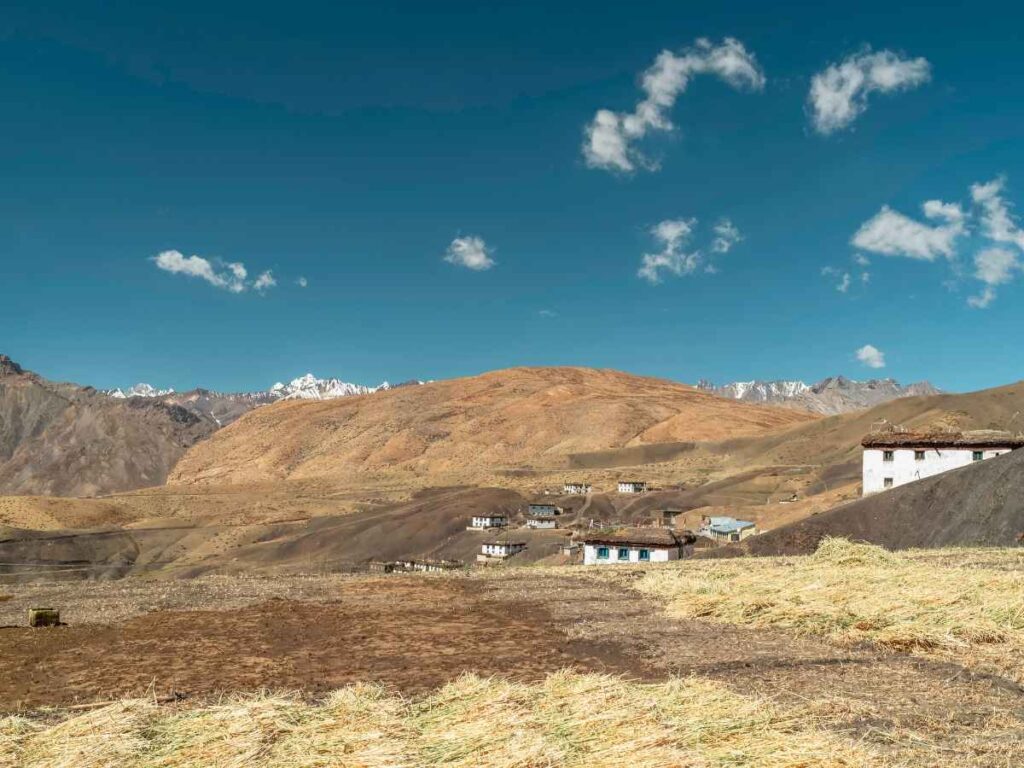
Located at 4,440 meters, Hikkim has the world’s highest post office, where you can send postcards to your loved ones from the roof of the world.
6. Komic – The Highest Village in the World
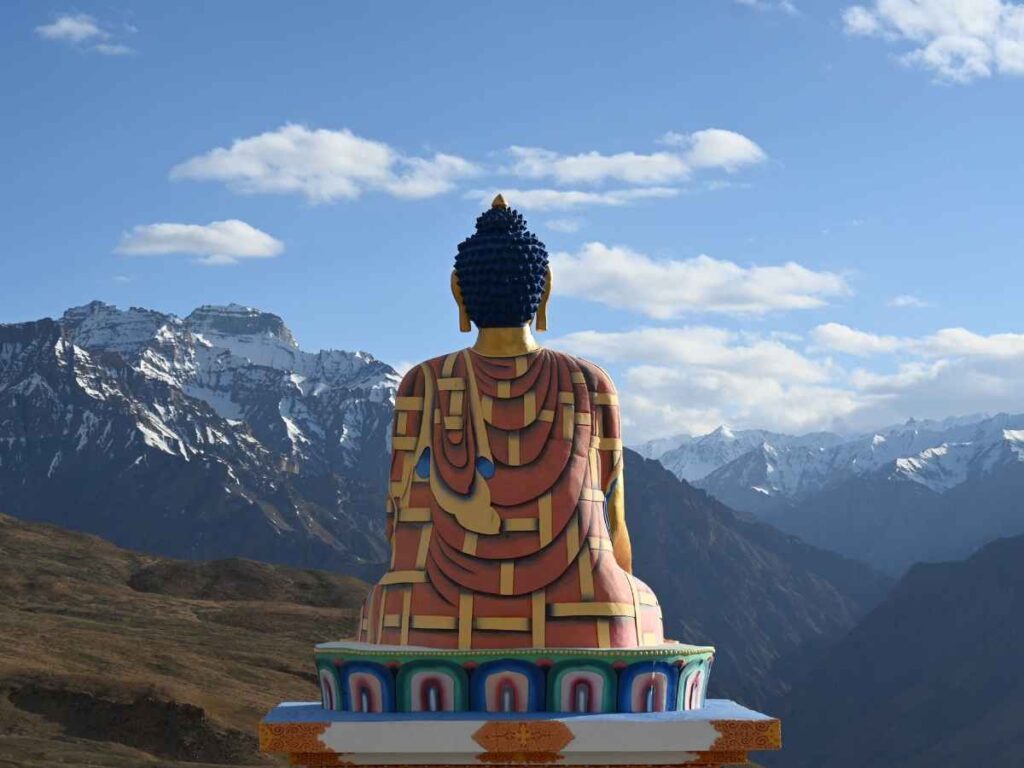
Komic, at 4,587 meters, is among the highest motorable villages in the world. It is famous for its Tangyud Monastery and breathtaking views.
7. Pin Valley National Park
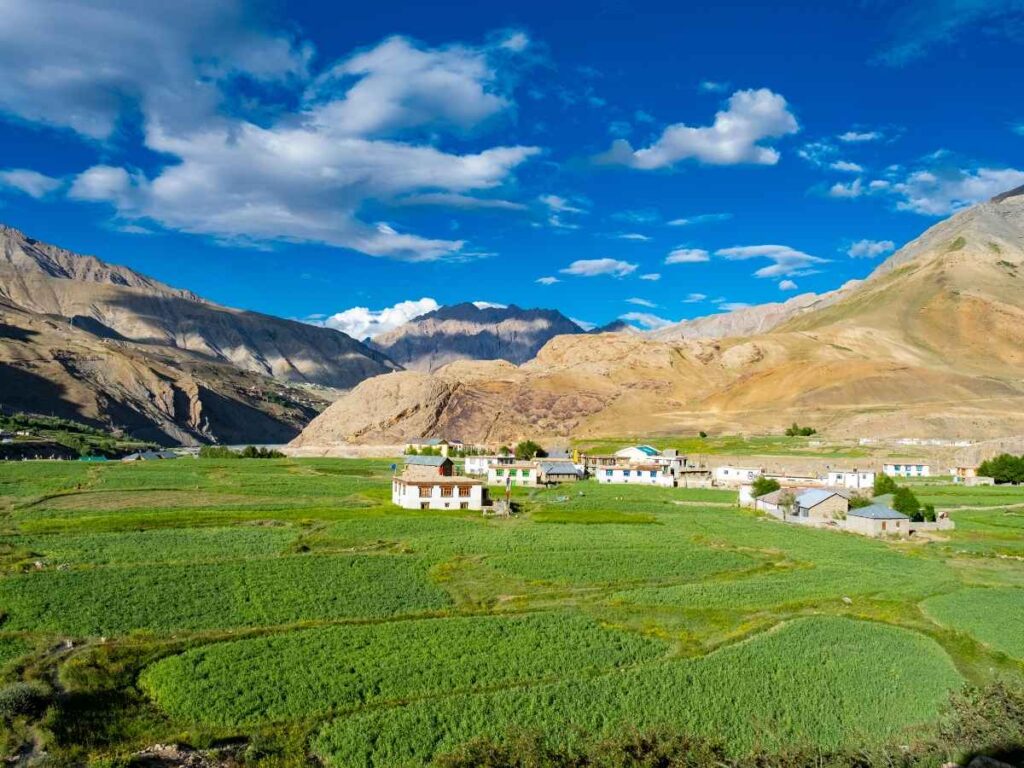
Home to the rare snow leopard, Pin Valley National Park is a paradise for wildlife enthusiasts and trekkers.
8. Dhankar Monastery & Dhankar Lake

Perched on a cliff, Dhankar Monastery offers spellbinding views of the valley. A short trek leads to Dhankar Lake, a peaceful retreat amidst the mountains.
Conclusion
Spiti Valley is a dream destination for travelers who love untouched nature, Buddhist culture, and thrilling adventures. Whether it’s exploring monasteries, trekking to hidden lakes, or camping under the stars, Spiti offers an experience of a lifetime. Plan your trip wisely and embrace the serenity of this Himalayan wonderland.


